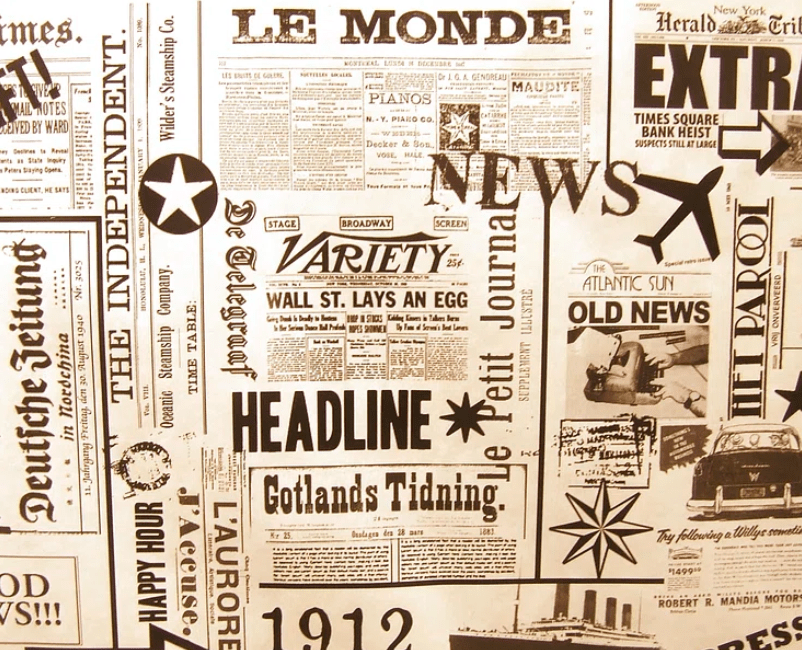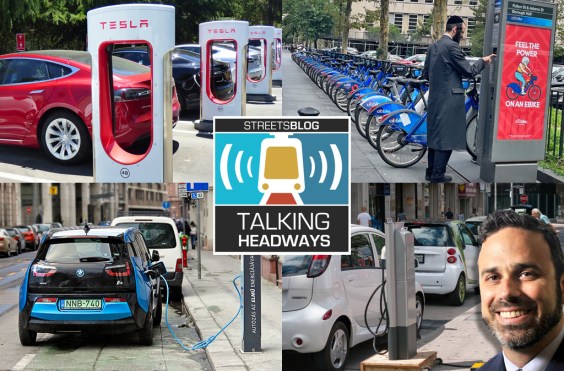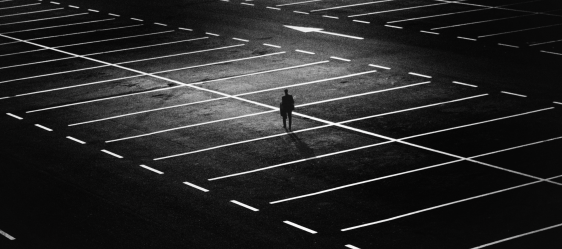Of Froggy Dreams and Feral Houses
10:12 AM PDT on August 26, 2009
File today's Streetsblog Network post under "where fantasy meets reality."
First, via The Dirt, the blog of the American Society of Landscape Architects, we have a post about the winners of the Reburbia
contest, "a design competition dedicated to re-envisioning the
suburbs." Sponsored by Dwell magazine and Inhabitat, the contest
garnered some pretty interesting entries, including the winner, "Frog's
Dream" by Calvin Chiu:
It
proposes to transform...vacant McMansions, at the periphery of cities,
into eco-water treatment machines, commercially known as Living
Machines, in which a micro-ecosystem of plants, algae, bacteria, fish
and clams are present to purify the water. A micro-wetland ecosystem
will be formed around these mansions to sustain larger wetland animals
and plants. The project also involves transforming the highway system
into a multi-functional infrastructure that transports cars, trains and
bikes, as well as forming a network to facilitate water transport
between a city and its surrounding suburban wetlands.
 A feral house in Detroit. Photo copyright James D. Griffoien.
A feral house in Detroit. Photo copyright James D. Griffoien.Hard to imagine this actually coming to pass, isn't it? Except that when you look at James D. Griffoien's fabulous pictures of "feral houses," you can see that in a way it already has -- although without the water-filtering clams.
Anne Trubek has a nice post at Good
on the phenomenon. Poke around Griffoien's site for more great
pictures, and be sure to visit his excellent blog on life in a changing
Detroit, Sweet Juniper.
Runners-up
in the Reburbia contest include a proposal to rezone residential areas
to make them more friendly to small businesses, and a plan to convert
big-box stores and their parking lots to farms and greenhouses.
Perhaps the most realistic was the "Urban Sprawl Repair Kit"
from Galina Tahchieva, which won the People's Choice award. It takes
familiar suburban prototypes, such as the drive-through restaurant, and
makes good use of their excessive parking and setbacks -- creating more
walkable and pleasant public spaces.
Speaking of repurposing: The Detroit Free Press
reports that Ford Motor Company may be selling one of its defunct auto
plants to manufacturers of solar panels and grid storage batteries. If
the deal goes through, it would create a "renewable energy park" and
some 4,300 jobs:
It's perhaps fitting that the Ford Wixom plant -- which built gasguzzlers such as the Lincoln Town Car for 50 years and once employed5,000 -- stands to become a centerpiece of Michigan's effort to creategreen jobs in solar, wind, electric propulsion and othernon-fossil-fuel energy sectors.
More from the network: an action alert on bike-safety legislation from Austin on Two Wheels, Boston Biker has a cyclist's guide to dealing with pedestrians, and How We Drive posts on a study making the rounds about who really causes most bike-car crashes.
Stay in touch
Sign up for our free newsletter




